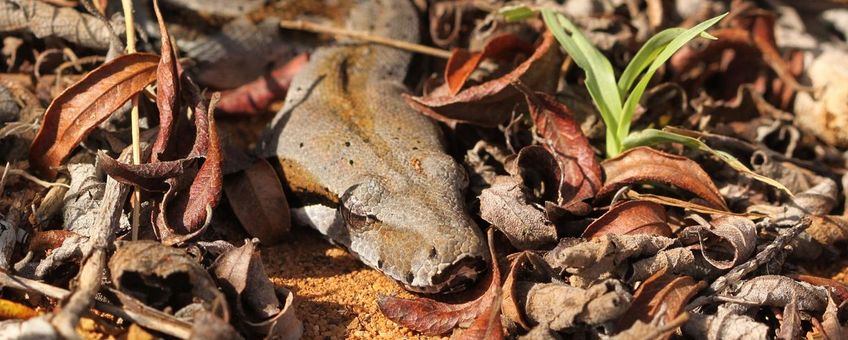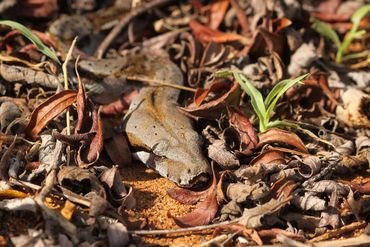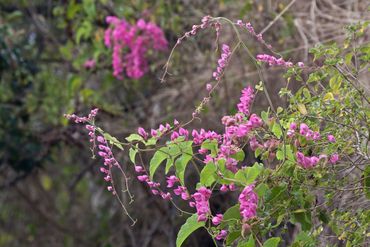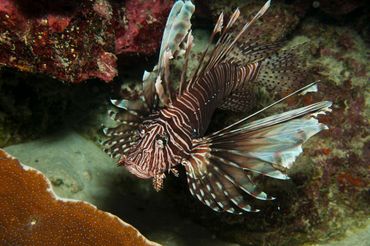
Invasive alien species in the Dutch Caribbean
Dutch Caribbean Nature Alliance (DCNA) Invasive alien species are animals and plants introduced by human activity – deliberately or accidentally – to a natural environment outside their native range. Invasive species can have severe environmental, economic, and social impacts to their new areas. Environmentally, invasive species can be determinative to local flora and fauna by preying on native species, outcompeting native species for food or other resources, causing, or carrying, diseases, and preventing native species from reproducing. Consequently, they can have negative economic impacts on agriculture, tourism, fishery and industry sectors. Invasive species can also introduce new pathogens which can have a societal impact by making people sick or lead to outbreaks which can affect traveling to these areas. The most recent examples include Chikungunya, Zika and West Nile Viruses, all which were introduced from exotic invasive mosquitoes. Many scientific studies have shown that alien invasive species are among the major causes of biodiversity loss globally and that island ecosystems are especially vulnerable. This is due to the islands’ small size with small plant and animal populations, unique species, relatively large borders that are difficult to control and a small human population lacking the necessary capacity and resources.
Invasive alien species are animals and plants introduced by human activity – deliberately or accidentally – to a natural environment outside their native range. Invasive species can have severe environmental, economic, and social impacts to their new areas. Environmentally, invasive species can be determinative to local flora and fauna by preying on native species, outcompeting native species for food or other resources, causing, or carrying, diseases, and preventing native species from reproducing. Consequently, they can have negative economic impacts on agriculture, tourism, fishery and industry sectors. Invasive species can also introduce new pathogens which can have a societal impact by making people sick or lead to outbreaks which can affect traveling to these areas. The most recent examples include Chikungunya, Zika and West Nile Viruses, all which were introduced from exotic invasive mosquitoes. Many scientific studies have shown that alien invasive species are among the major causes of biodiversity loss globally and that island ecosystems are especially vulnerable. This is due to the islands’ small size with small plant and animal populations, unique species, relatively large borders that are difficult to control and a small human population lacking the necessary capacity and resources.
Dutch Caribbean
 A report from Wageningen University and Research estimated that there are more than 210 invasive alien species within the Dutch Caribbean alone. These include 27 introduced marine species, 65 introduced terrestrial plants, 72 introduced terrestrial and freshwater animals and 47 introduced agricultural pests and diseases. The list grows longer every year.
A report from Wageningen University and Research estimated that there are more than 210 invasive alien species within the Dutch Caribbean alone. These include 27 introduced marine species, 65 introduced terrestrial plants, 72 introduced terrestrial and freshwater animals and 47 introduced agricultural pests and diseases. The list grows longer every year.
Some invasive alien species are a common issue for all six islands, including rats which devastate local bird populations, or lionfish, which spread quickly and consume many local reef fish. This also includes invasive feral grazers, such as goats, which can demolish local vegetation and contribute to desertification and biodiversity loss. In addition, many islands have their own specific issues, such as the boa constrictors on Aruba or the vervet monkeys on St. Maarten. Some of these invasive species were brought over to the islands as pets but were released into the wild once the owner could no longer care for them.
Managing invasive species
 The introduction of invasive species should be avoided in the first place. This includes following the local import and export laws, effective border controls and regular monitoring. Furthermore, it is important that there is better cooperation between the parks and customs, for example, in training of customs officers in CITES and invasive species detection. Even the best prevention cannot stop all invasive species, however. Once a species is introduced, early detection and rapid assessment and response can still allow the islands to control the issue. Unfortunately, management options for dealing with invasive species are frequently not optimal. Decisions need to be made whether a complete eradication is needed or that monitoring and restricting the distribution (mitigation) is the best or only option. Eradication is a complex task and never the preferred management method, nevertheless, sometimes it is the only choice. Inaction would be a crueler fate for the islands as these invasive alien species can quickly negatively impact the islands’ biodiversity, human health, and/or economy.
The introduction of invasive species should be avoided in the first place. This includes following the local import and export laws, effective border controls and regular monitoring. Furthermore, it is important that there is better cooperation between the parks and customs, for example, in training of customs officers in CITES and invasive species detection. Even the best prevention cannot stop all invasive species, however. Once a species is introduced, early detection and rapid assessment and response can still allow the islands to control the issue. Unfortunately, management options for dealing with invasive species are frequently not optimal. Decisions need to be made whether a complete eradication is needed or that monitoring and restricting the distribution (mitigation) is the best or only option. Eradication is a complex task and never the preferred management method, nevertheless, sometimes it is the only choice. Inaction would be a crueler fate for the islands as these invasive alien species can quickly negatively impact the islands’ biodiversity, human health, and/or economy.
More information
- For more information, see the Wageningen University report: Key elements towards a joint invasive alien species strategy for the Dutch Caribbean.
- Stay tuned for DCNA's follow-up articles at Nature Today in which we will take a deeper dive into these issues on every island.
DCNA
DCNA supports science communication and outreach in the Dutch Caribbean region by making nature related scientific information more widely available through, amongst others, the Dutch Caribbean Biodiversity Database, DCNA’s news platform BioNews and the press. This article contains the results from several scientific studies but the studies themselves are not DCNA studies. No rights can be derived from the content. DCNA is not liable for the content and the in(direct) impacts resulting from publishing this article.
Text: Dutch Caribbean Nature Alliance
Photo's: Diego Marquez; Marjolijn Lopes Cardozo; Rudy van Gelderen
